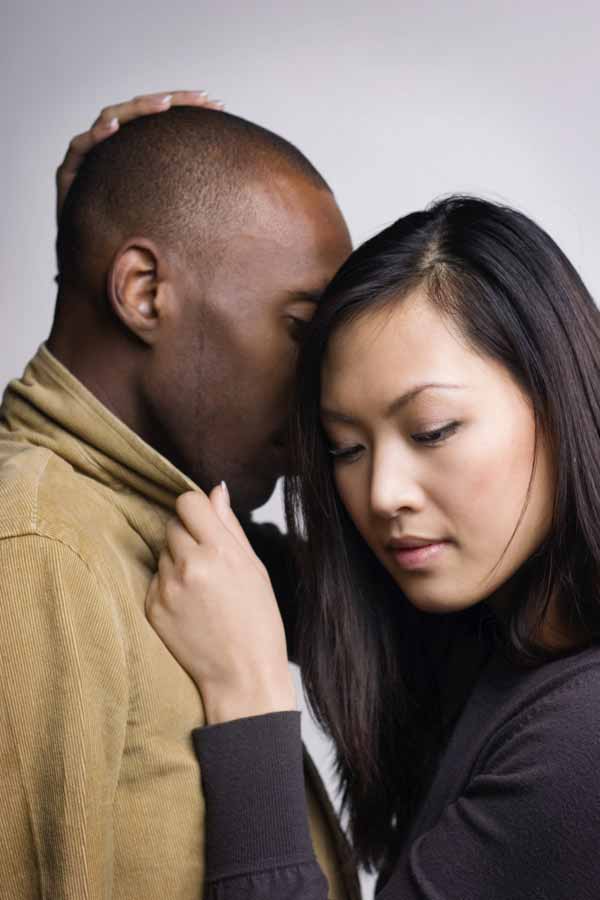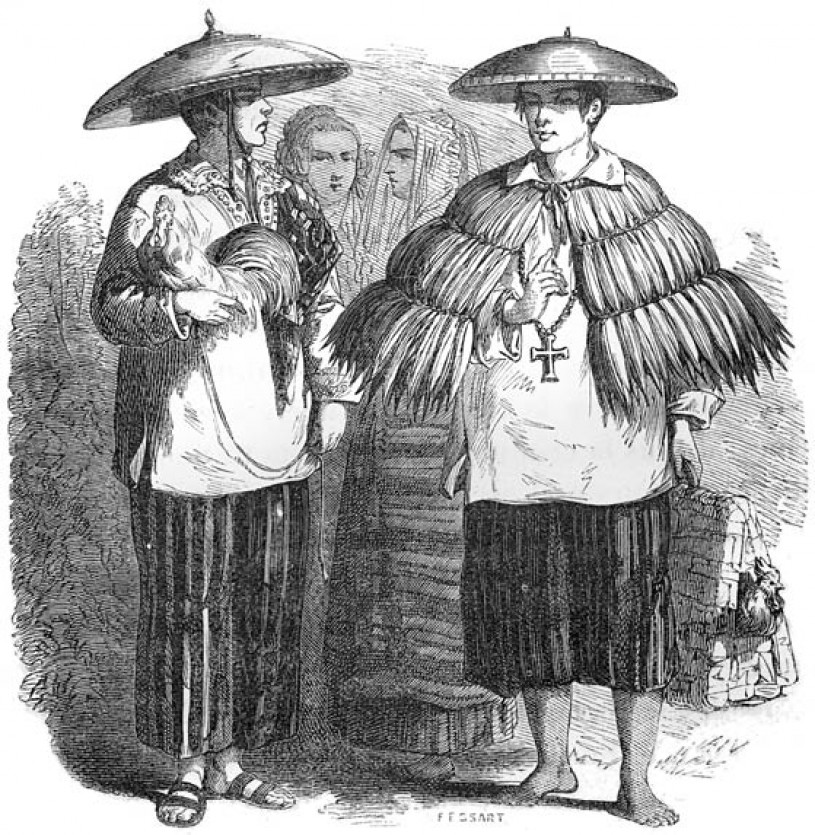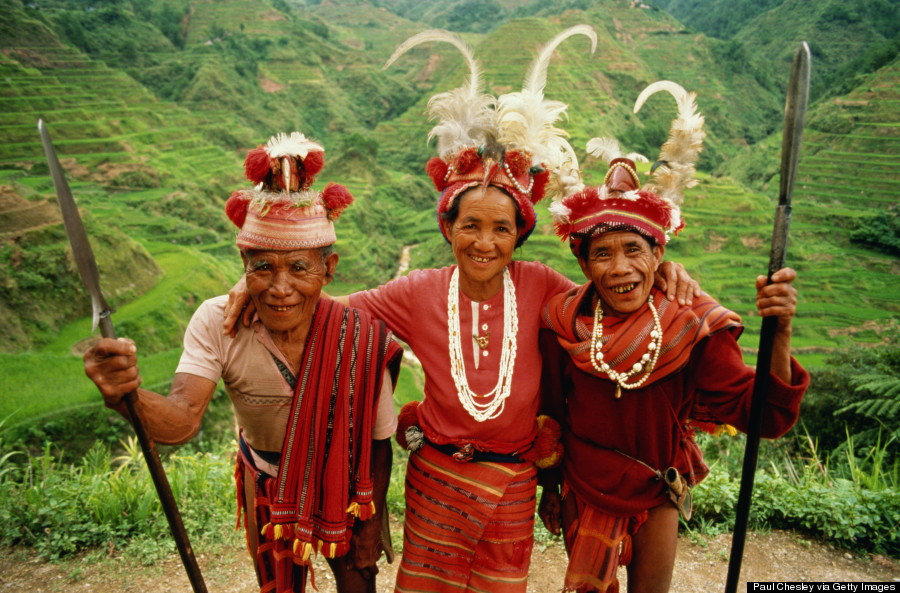
Top Ten Tips to dating Philippine Women
Mestiza/Mestizo is a term used for fair-skinned Filipinos with European-looking features. It's rooted in Spanish colonial Philippines as a label given to those born of mixed Spanish and Filipino or Indigenous descent. It was a form of racial segregation used to decide class and social mobility.

BEING BLACK IN THE PHILIPPINES? (THE TRUTH) EL's YouTube
Both Filipino and black people were called the n-word slur. This prompted an internal conflict among the black soldiers—should they fight the war? Or could they possibly side with these strangers in a strange land, oceans away from the life they used to know? The 24th U.S. Infantry at drill, Camp Walker, Philippine Islands.

The Black Population of the World
As of 5 pm, Quiapo Church Command Post estimates nearly 31,000 people have participated in the Pahalik. While 2024, marks the return of the annual procession or the Traslacion, devotees still aren.

Real Black FILIPINOS / The Origin of Filipinos /The AETAS YouTube
Racism in the Philippines. Map of the ethnic groups of the Philippines by province. Shade per province is determined on which group occupies the most in population. Racism in the Philippines is multifarious and emerged in various portions of the history of people, institutions and territories coinciding to that of the present-day Philippines .

1000+ images about Culture Blasian (Black & Asian) on Pinterest
Devotees pull the statue of the Black Nazarene during its annual procession which was resumed after a three-year suspension due to the coronavirus pandemic on Tuesday, Jan. 9, 2024 in Manila.

5 Ethnic Groups That Prove the First Humans Were Black
In spite of their small numbers today the original inhabitants of the Philippines are the Diminutive Africoids, who still live in scattered communities in the Phillipines and are commonly and.

The Indigenous Black Filipinos World Away From Home
The indigenous people of the Philippines, known as the "Aeta", are a group related to the Negrito (Spanish term for "little black person") ethnic group occupying parts of the Andaman Islands in India, Malaysia, and Thailand. They are characterized by their short statue, kinky hair, and dark skin.

Pin on cultures
The Aeta or Agta people are the indigenous black-skinned people who inhabit the remote and mountainous regions of Luzon, Philippines. The Aeta are under the bracket of Austronesians, groups.

Mixed Up 'Being half Filipino makes me a more palatable black woman
About 80% of its 110 million people identify as Roman Catholic, a legacy of more than 400 years under Spain's former colonial rule. The Black Nazarene statue is paraded through downtown Manila.

The Filipino Salakot Natural History Museum
The Aeta, Agta, or Ayta people are what's known to be the original Black race who inhabited the remote and mountainous regions of Luzon, the Philippines before the Austronesian migrations of the Malays and Asian group.

black and filipino on Tumblr
Negrito,, is used to mean "little black person." This usage was coined by 16th-century Spanish operating in the Philippines, and was borrowed by other European travellers and colonialists across Austronesia to label various peoples perceived as sharing relatively small physical stature and dark skin. [1]

Why this black man moved to the philipinnes Filipino women, Black
There, the 10 Datus met the paramount king of the original Black Ati people called Marikudo, who traded some of his coastal land with Datu Puti, the prime minister of Rajah (king) Makatunaw for a salakot (conical hat) made of pure gold, silk and other gifts; then honored the oath in a blood-oath ritual which we call "sandugo".

8 Reasons A Trip To The Philippines Should Be In Your Future HuffPost
Afro-Asians, African Asians, Blasians or simply Black Asians are people of mixed Asian and African ancestry. [1] Historically, Afro-Asian populations have been marginalised as a result of human migration and social conflict. [2] Africa

The Black Filipino WHY I MOVED TO THE PHILIPPINES VLOG 1 YouTube
The continuous marginalization of the Aeta people—one of the Philippines' Indigenous Peoples who have African roots—and the discrimination they face from dominant Filipin@ ethnic groups (e.g.

Pin on Beaux Hommes
Filipinos carry with them these attitudes in the diaspora, often perceiving Black people as dangerous, backward, and undesirable - echoing racialized hegemonic consciousness that favors.

The Scientist Magazine Life Sciences News and Articles
He is an activist whose research focuses on how discrimination impacts the mental health of people of color and LGBTQ+ people. While taking care of his toddler, Nadal joined Truth Be Told engagement producer, Isabeth Mendoza, for a conversation on why Filipinxs and Filipino Americans are in a unique position to be co-conspirators in the fight.